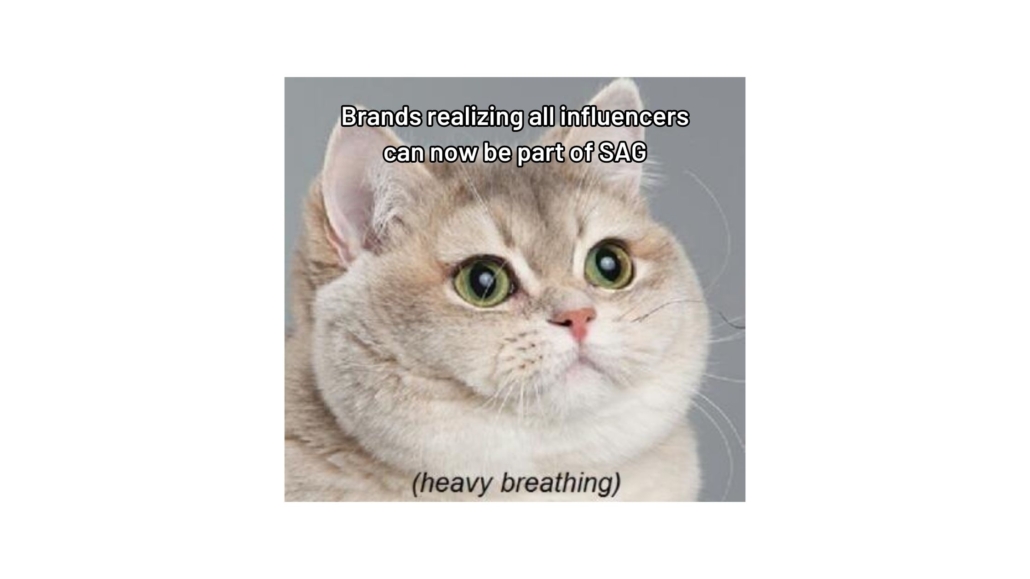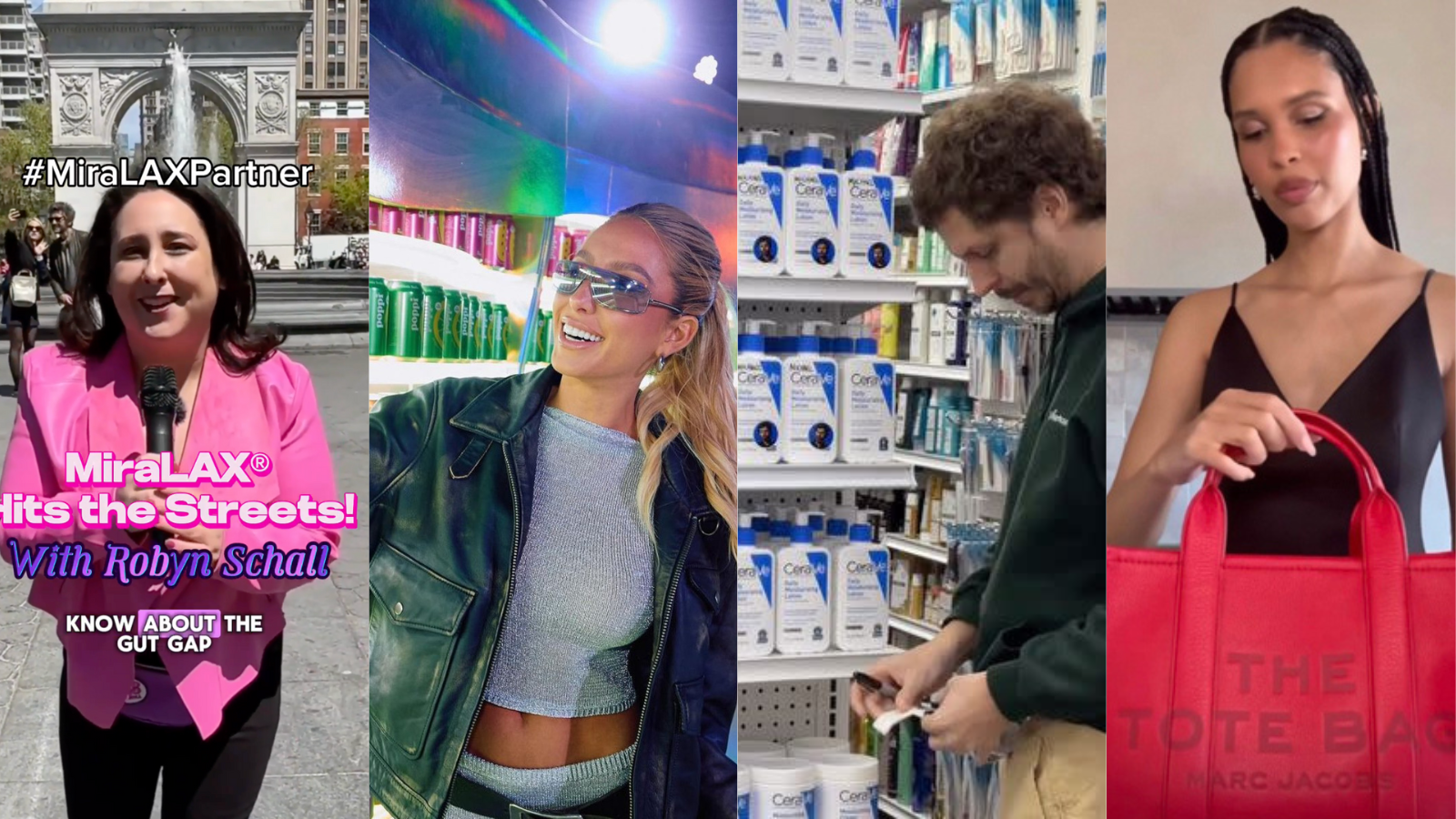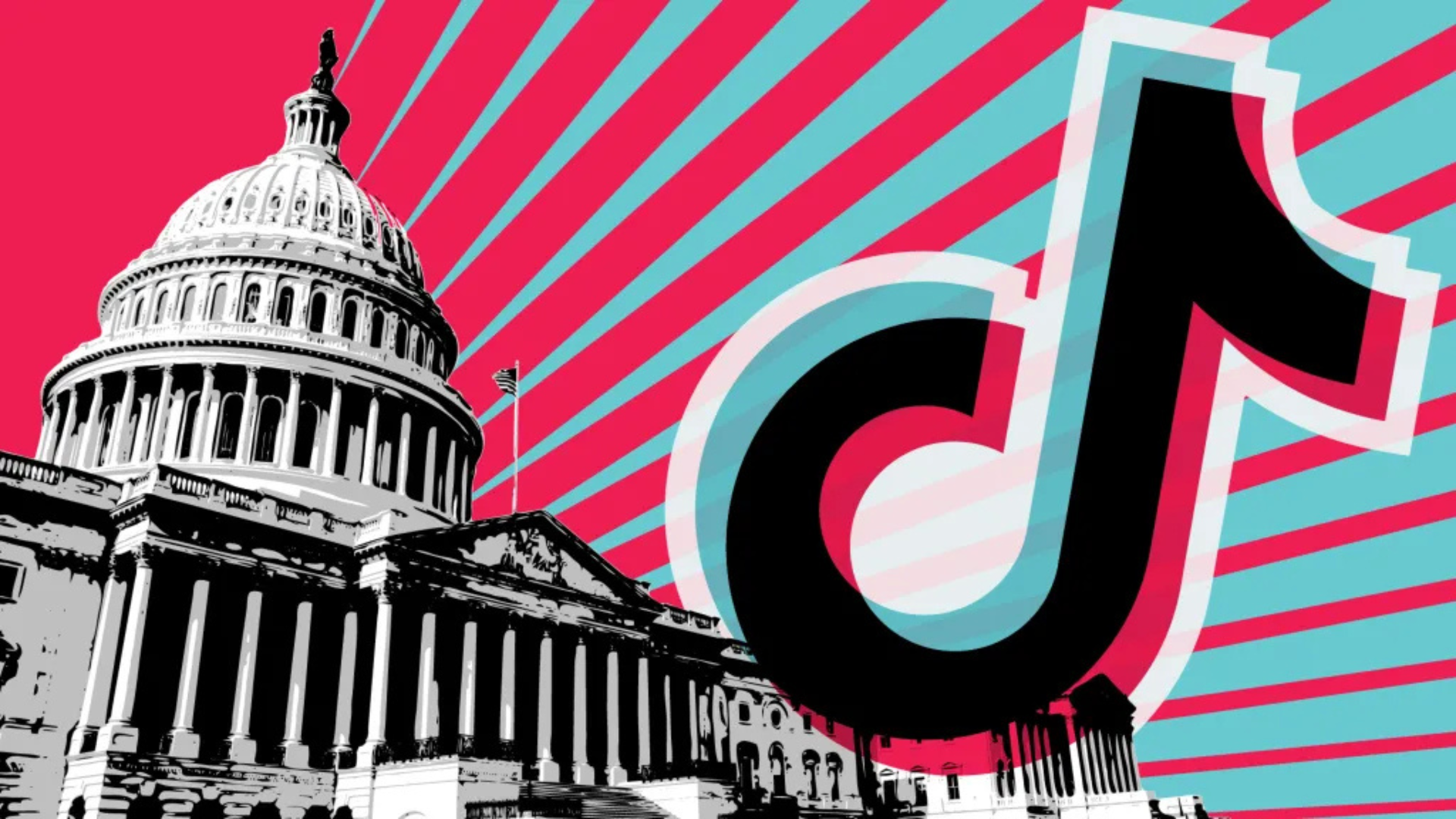SAG-AFTRA recently announced a new influencer agreement, which allows anyone who is paid to advertise products via their individual social media platforms to be covered by the union. This is big news for the influencer marketing industry as it demonstrates SAG’s desire and commitment to get influencers to join the union and not be left out of the $10+ Billion industry that is influencer marketing.
In the previous agreement, the union covered advertising done by YouTubers. This new agreement expands the social media platforms to Instagram, Facebook, Twitch, and TikTok. The type of branded content that is covered includes video or audio work, not still imagery. But what constitutes video is left broad.
Influencers who join SAG would be able to qualify for the standard benefits from union membership, including pension contribution, collective bargaining power, and union assistance if/when conflicts arise with an employer. There is no mandated contract minimum, fees and rates will still be independently negotiated between the influencer and the advertiser.
Proponents of the union argue that influencers will benefit in several ways…
- The benefits provided by the union including health insurance and pension plans are highly valuable to independent, self-employed influencers
- Collective bargaining power means that SAG-AFTRA has the power to negotiate contracts with brands and agencies on behalf of its members. This can help to ensure that influencers are paid and treated fairly.
- The union can provide a sense of community and support for influencers who often feel alone and on an island in the work they do
Many feel that the benefits are not significant enough to entice most influencers to join and cite downsides to union membership including…
- Many brands actively avoid working with SAG union talent, and that will mean lost deals for influencers who are part of the union. All things being equal, if one influencer is not SAG and the other is the brand will likely choose the path of least resistance.
- Collective bargaining will likely translate to SAG influencers charging higher rates, which could make it more difficult for brands, especially small businesses and startups, to afford influencer marketing.
- The union’s fees may be too high for some influencers. SAG-AFTRA’s dues are based on an individual’s earnings, and they can be a significant expense for some influencers.
Ultimately, the effect of the new SAG agreement remains to be seen but it’s clear that this is only the beginning and these rules could have a significant impact on the way brands work with influencers. Brands that are prepared to adapt to the changes and find ways to comply with the new rules will be well-positioned to succeed in the future.
Here are some tips for brands that are looking to navigate the new SAG rules:
- Be prepared for influencer rates to go up. P&H dollars are a required percent of your SAG talent spend, and influencers are likely going to add that to their rates if part of the union, not charge the same and lose that money for themselves.
- Rethink your approach to influencer partnerships. The new rules give influencers more creative control, so you may need to rethink the way you approach influencer partnerships. For example, you may need to give influencers more input on the creative brief or allow them to share more of their personal opinions in their posts.
- Work with a reputable influencer marketing agency. An agency can help you to find influencers who are a good fit for your brand and who are willing to comply with the new SAG rules.
The new SAG rules can become a significant change for the influencer marketing industry. However, brands that are prepared to adapt to the changes will be well-positioned to succeed in the future.




